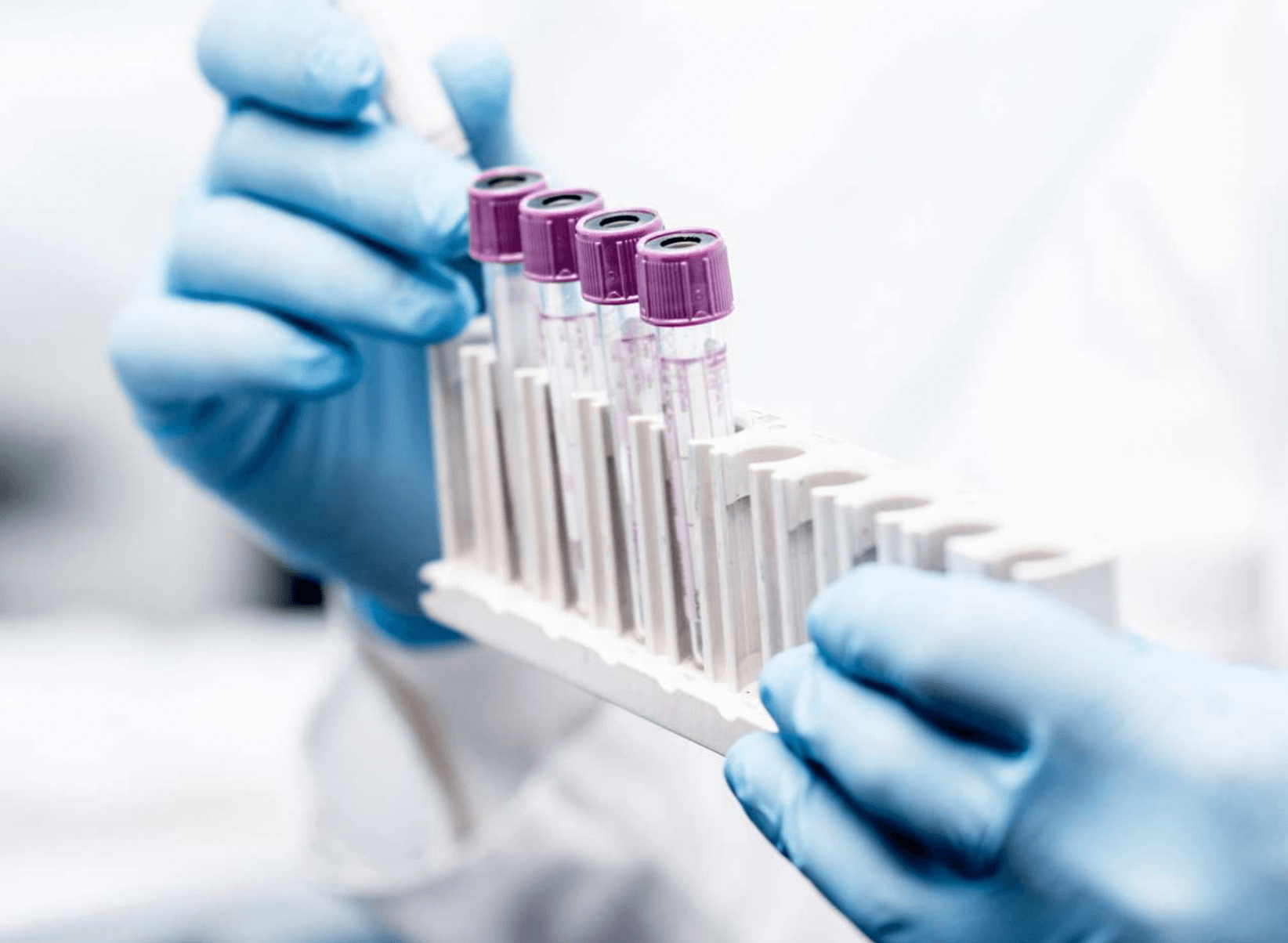Flow Cytometry Antibodies

Flow cytometry has become an essential tool for immunophenotyping, allowing the simultaneous immune profiling of blood, bone marrow, and dissociated tissues such as lymph nodes, spleen, and tumors. With well-characterized markers for immune cells, flow cytometry has significantly advanced immunology and immuno-oncology. High-sensitivity antibodies and cytometers enable the detection of rare cell populations, providing crucial insights into immune responses, disease mechanisms, and treatment efficacy. For example, immunophenotyping of human peripheral blood mononuclear cells (PBMCs) can reveal the proportions of immune cell populations, indicating immune responses or specific cellular changes. T cells, key players in adaptive immunity, are often analyzed using markers such as:
CD3 | Pan-T cell marker |
CD4 | Helper % cell marker |
CD8 | Cytotoxic T cell marker |
CD45 | Hemotopoietic stem cell marker |
CD56 | Natural killer (NK) cell marker |
CD19 | B cell marker |
CD25 | Regulatory T cell (Treg) marker |
CD38 | Activation marker for immune cells |
CD69 | Early activation marker |
HLA-DR | Activation marker for antigen-presenting cells |
CD16 | Fc receptor marker on NK cells and monocytes |
CD11b | Myeloid and macrophage marker |
CD14 | Monocyte and macrophage marker |
CD27 | Memory B and T cell marker |
CD86 | Costimulatory molecule for antigen-presenting cells |
CD137 (4-1BB) | T cell activation and costimulation marker |
CD154 (CD40L) | T cell and antigen-presenting cell interaction marker |
CD5 | T cell and B-1 cell marker |
Search for your CD Marker